Humans learned to use paint to decorate clothing about four thousand years ago. It is no surprise that the place of this revolutionary discovery was in faraway Asia. Gradually, the art spread through India to the Arab world, from which it made its way to Europe. Eventually, it reached Moravia, where the use of color to decorate clothing took root in the form of blueprinting.
Deceptive looks
Dyeing clothes was difficult initially: the technique was still improving, and the process was rigorous. Colors were scarce, and blue, for example, was unavailable. Before the discovery of the indigo plant, dyers couldn’t efficiently produce blue color (unlike black, red, or yellow). After its discovery, the plant began to be used worldwide due to its ability to make a blue color.
However, the ability to produce blue color didn’t automatically mean it was immediately adopted, especially in Moravia. Moravia was (and still is) a strongly conservative and religious region of the Czech Republic, and people were initially opposed to the blue color blue. Why do you ask? Most people associated it with negative things: bruises, the pale skin of dead people, sickness, and plague.
But they slowly got used to seeing the color blue around them, so nothing stood in the way of the mass spread of blueprinting. It gradually became part of the traditional costumes and everyday life of Moravians and all Czechs. In addition, blueprinting began to spread to neighboring countries, most notably Slovakia and Austria.
How does modrotisk work, and is it still done today?
Blueprinting is a complicated process. It all starts with a linen fabric and big wooden or metal forms. By pressing the fabric in the forms, you create the areas you don’t want to get colored, thanks to a special paste. Then you dye the pressed fabric in a cold indigo bath. The technique is identical for all countries that adopted blueprinting; the pattering makes the difference. Each region or sometimes even workshop within the region uses different patterns.
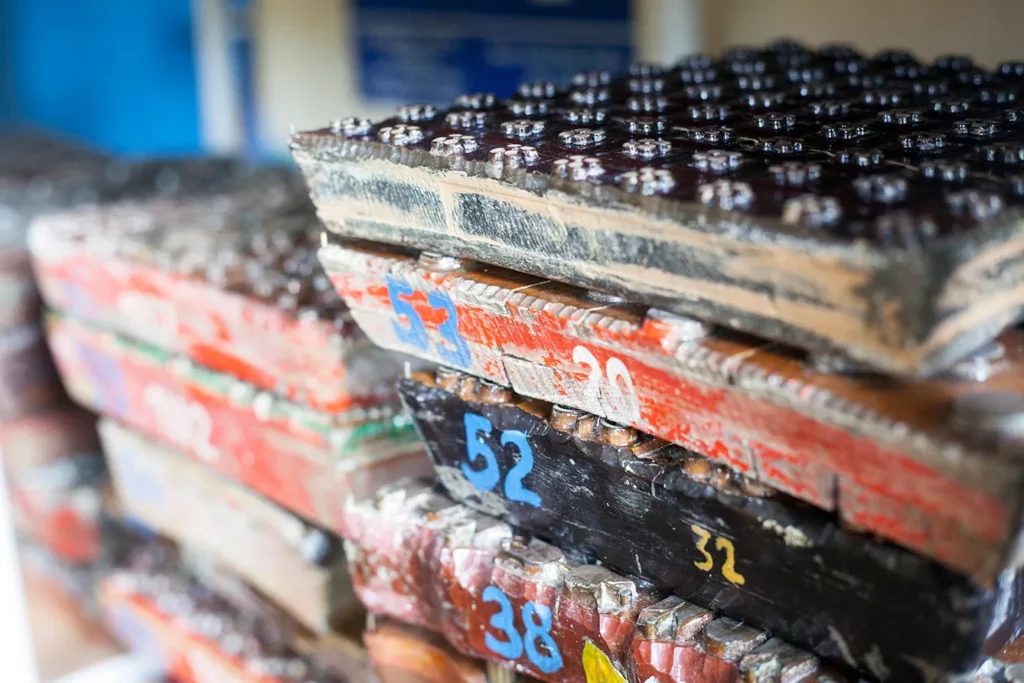
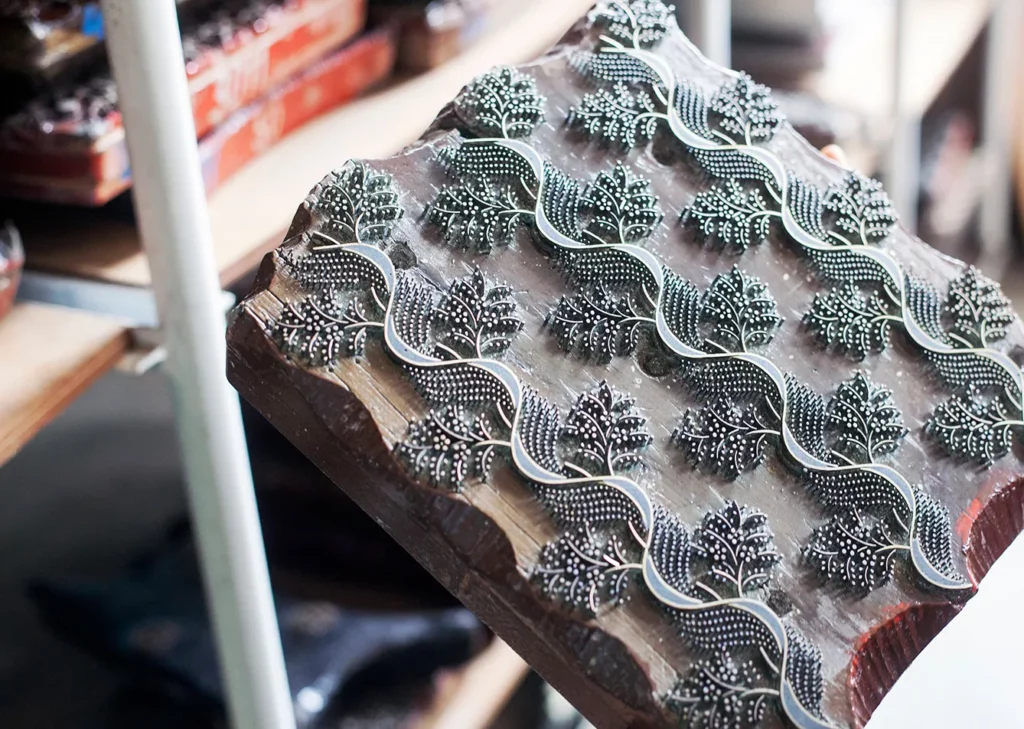
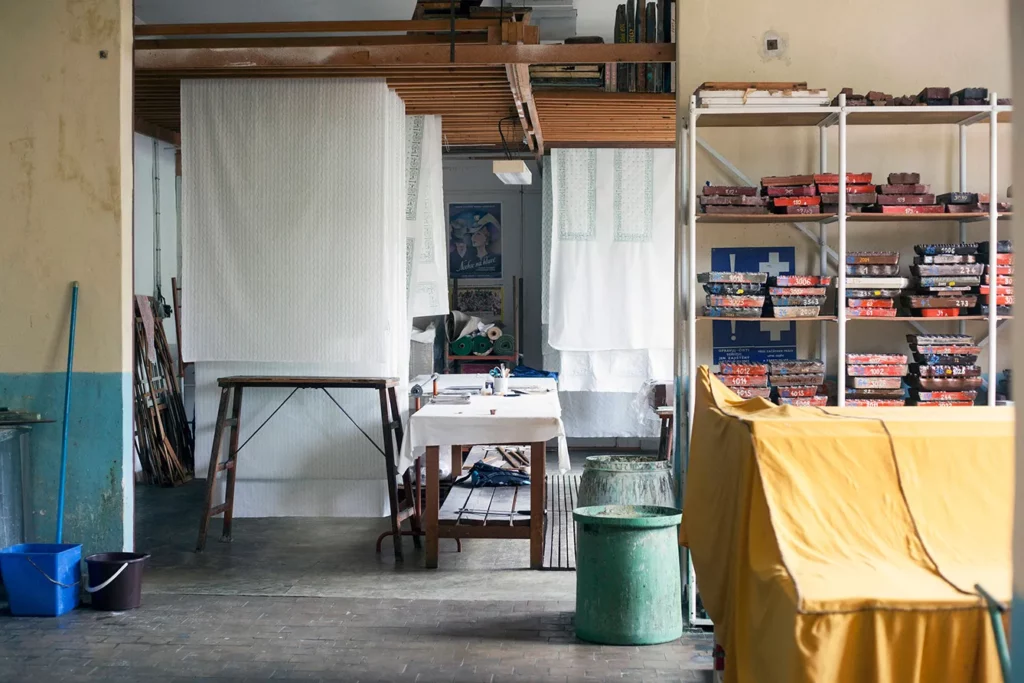
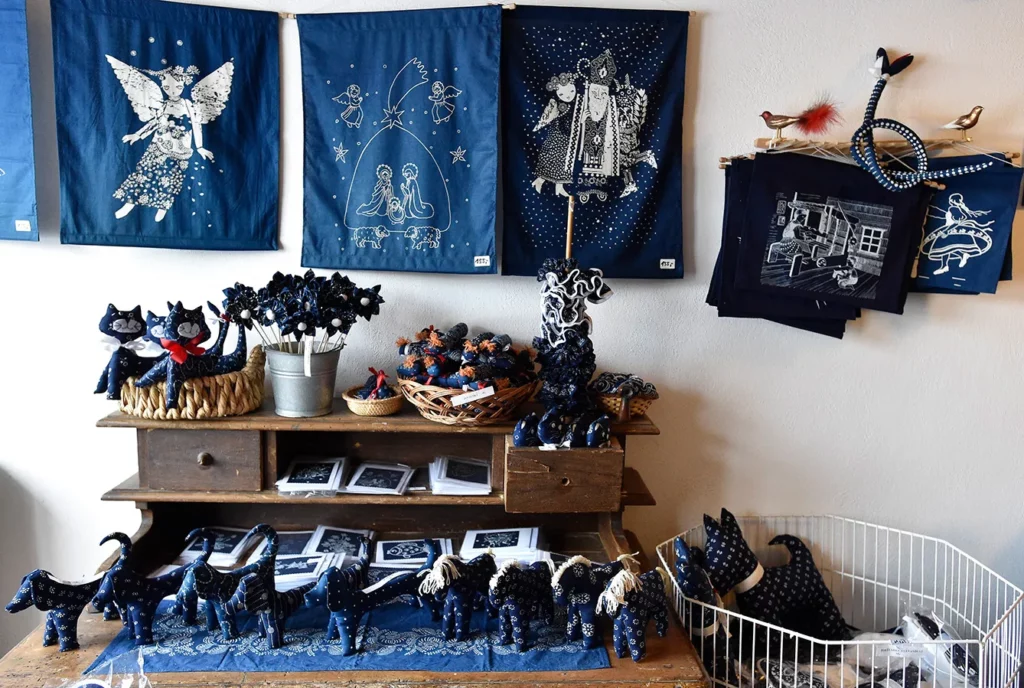
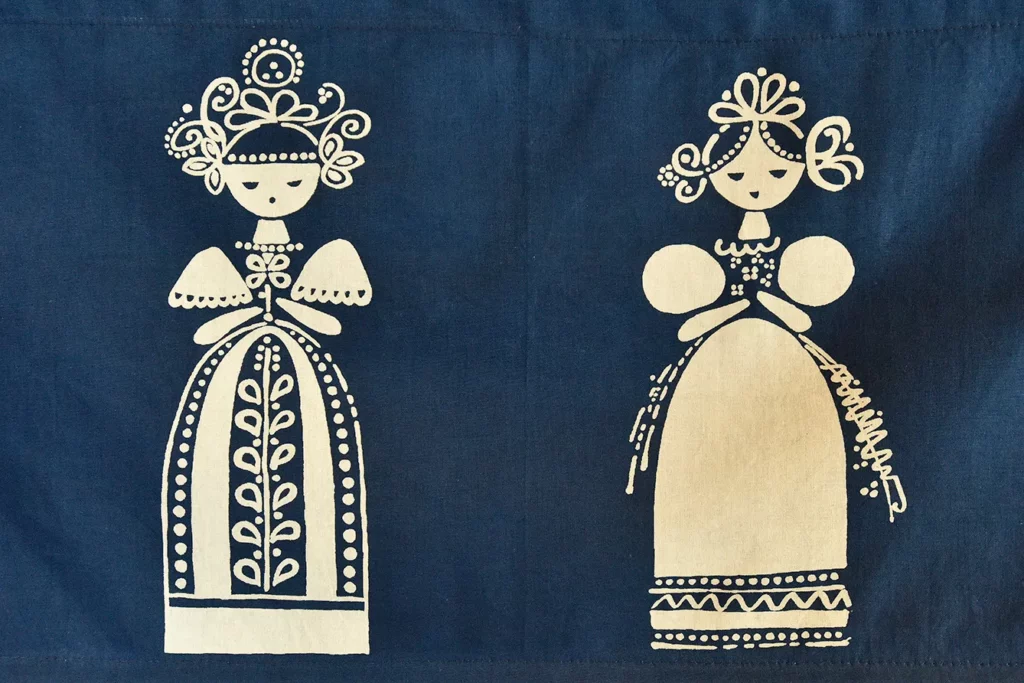
While this may sound like an uncomplicated process, the opposite is true. Everything has to be done by hand, and every mistake, even the smallest one, is painfully apparent.
Today there are only two workshops in the Czech Republic that still use traditional blueprinting techniques. The one belonging to the Joch family was founded in Strážnice in 1906. The second one belongs to the Danzinger family from Olešnice and was established even earlier, in 1816. Although established in 1816, the Danziger family’s workshop continues the tradition of the workshop that operated in the same building since the beginning of the 16th century. Every year, both workshops print and dye kilometers of fabric. Around 70% of the production is then exported abroad.
From a dying craft to the UNESCO list and the Olympics
Blueprinting has become less and less popular in modern times. The craft was slowly dying, and the two traditional Czech workshops became blueprint giants. The change came in 2014 when the Czech Ministry of Culture included blueprinting on the national list of intangible assets of traditional folk culture.
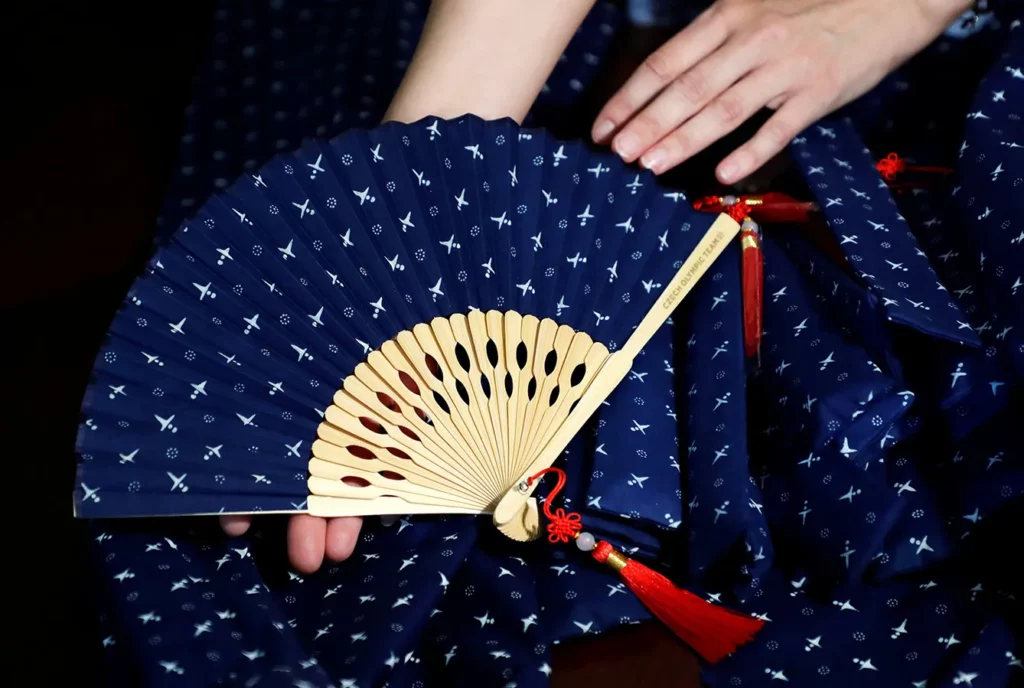
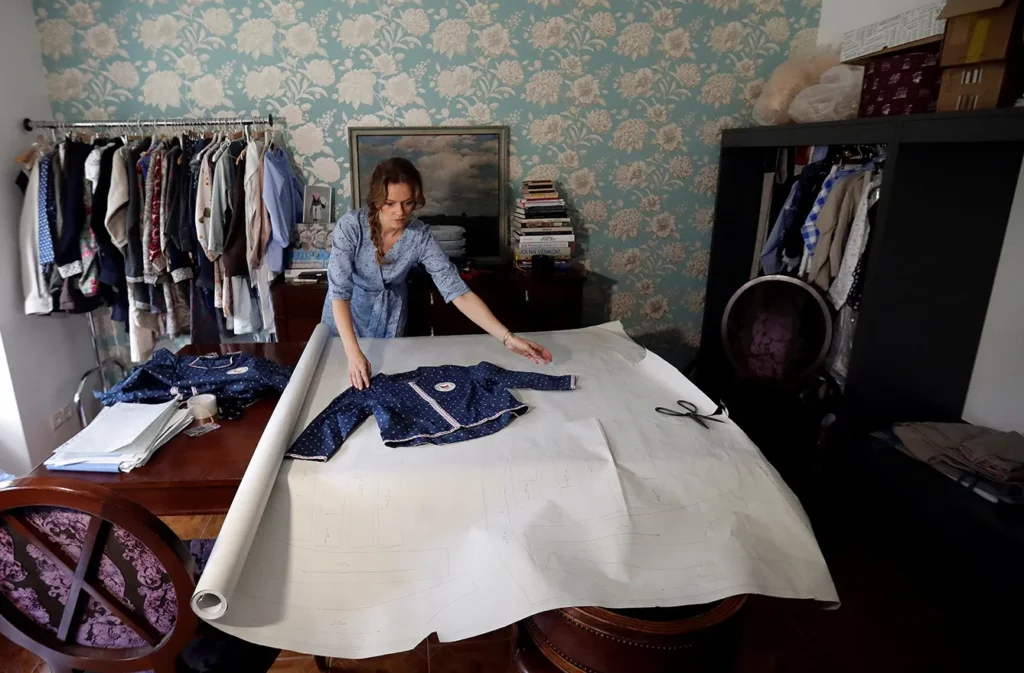
The Czech Republic also officially nominated blueprinting to the UNESCO Intangible World Heritage List jointly with Slovakia, Austria, Germany, and Hungary. The joint effort paid off: on 28 November 2018, the blueprinting officially became a UNESCO heritage.
Since then, blueprinting has been gaining popularity again. People increasingly see it in shops, and tourists take it home as souvenirs from the Czech Republic. The biggest comeback, however, came in 2020, when it became part of the uniforms of Czech athletes at the Tokyo Olympics. And perhaps it was also the blueprint that helped Czech athletes win four gold, four silver, and three bronze medals.







